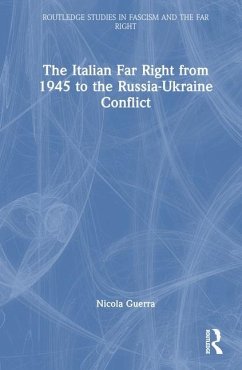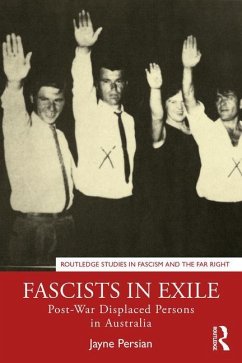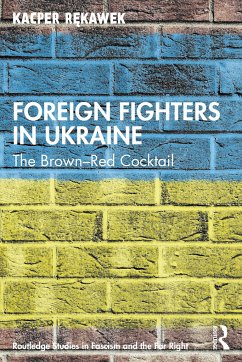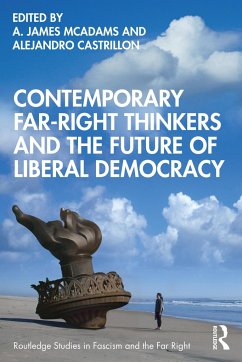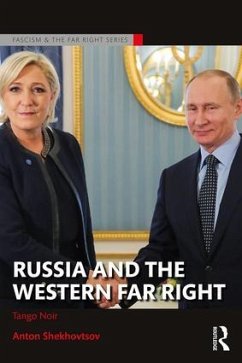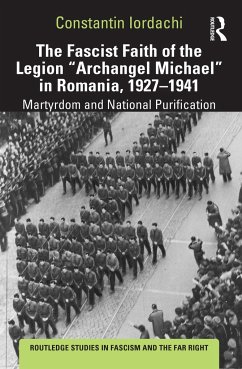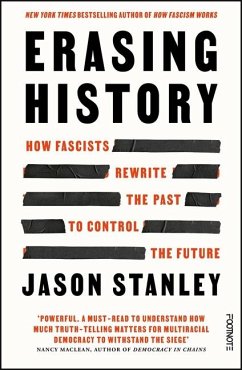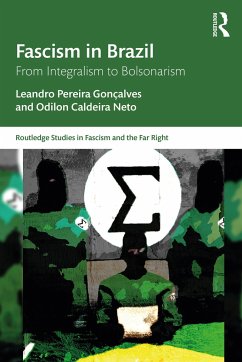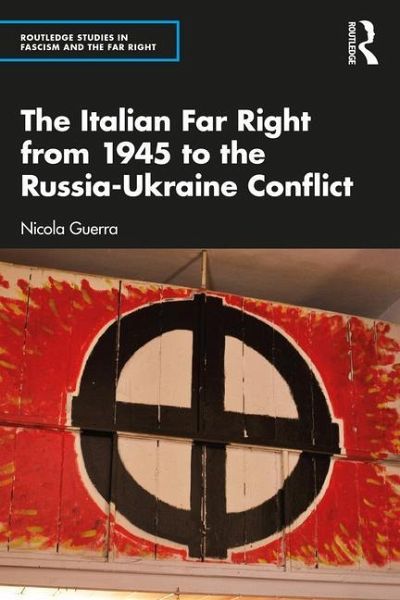
The Italian Far Right from 1945 to the Russia-Ukraine Conflict
Versandkostenfrei!
Versandfertig in 1-2 Wochen
50,99 €
inkl. MwSt.
Weitere Ausgaben:

PAYBACK Punkte
25 °P sammeln!
The Italian Far Right from 1945 to the Russia-Ukraine Conflict provides a comprehensive account of the postwar parliamentary and extra parliamentary far right in Italy.





